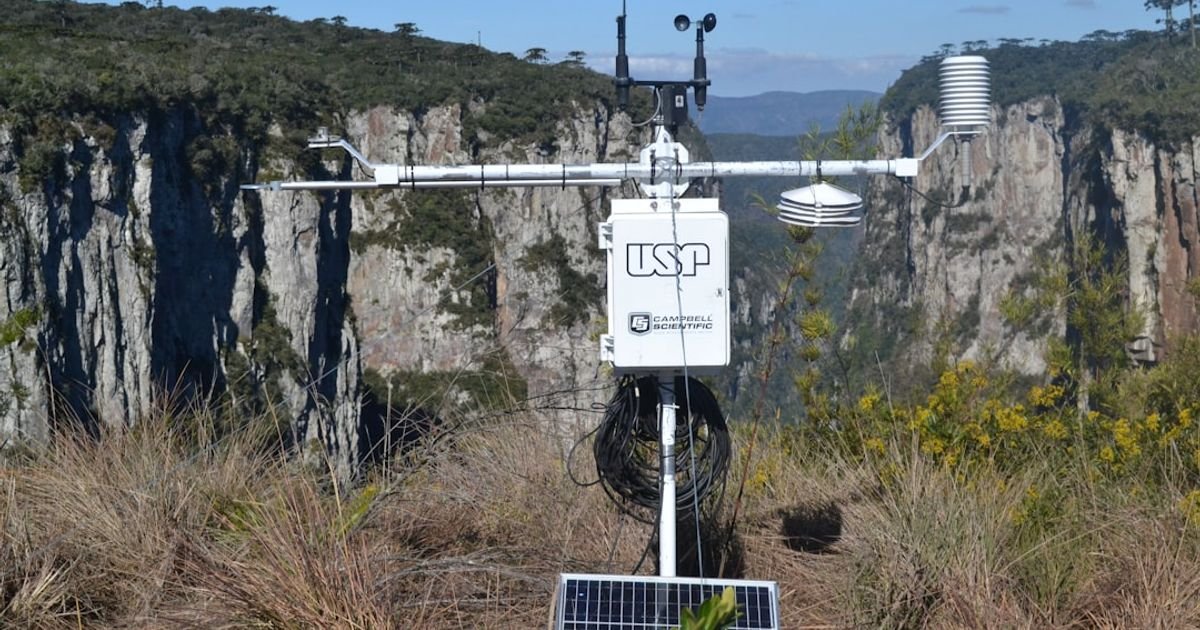About Prompt
- Prompt Type – Dynamic
- Prompt Platform – ChatGPT, Grok, Deepseek, Gemini, Copilot, Midjourney, Meta AI and more
- Niche – Theft Prevention
- Language – English
- Category – Energy Fraud Detection
- Prompt Title – AI Prompt for Detecting Illegal Energy Usage and Meter Tampering
Prompt Details
**Prompt Type:** Dynamic
**Purpose:** Energy Fraud Detection (Theft Prevention)
**Target Audience:** All AI Platforms (adaptable)
**Instructions:** This prompt aims to identify potential instances of illegal energy usage and meter tampering based on provided data. You should analyze the data for anomalies and suspicious patterns indicative of fraudulent activities. The prompt is designed to be dynamic, allowing for adjustments based on the specific data available and the desired output. Adapt the specific data parameters (placeholders within curly braces `{}`) to match your dataset.
**Prompt Structure:**
“`
Analyze the provided energy consumption data for potential instances of illegal energy usage and meter tampering. Consider the following factors and provide a detailed analysis along with a confidence score (0-100%) for each identified anomaly. Justify your reasoning for flagging each potential fraud instance.
**Data Inputs:**
* **{Customer ID}:** Unique identifier for each customer.
* **{Timestamp}:** Date and time of the energy consumption reading.
* **{Energy Consumption (kWh)}:** Recorded energy usage in kilowatt-hours.
* **{Meter Type}:** Type of energy meter installed (e.g., smart meter, analog meter).
* **{Location}:** Geographic location of the meter (e.g., latitude, longitude, address).
* **{Weather Data}:** Relevant weather information for the location and timestamp (e.g., temperature, humidity).
* **{Historical Consumption Data}:** Past energy consumption data for the same customer (optional, but highly recommended).
* **{Customer Demographics}:** Customer profile information (e.g., type of residence, business type) (optional).
* **{Meter Inspection Data}:** Results of recent meter inspections (optional).
* **{Neighboring Consumption Data}:** Aggregated energy consumption data for nearby customers (optional, useful for relative comparisons).
**Analysis Focus:**
1. **Sudden Drops in Consumption:** Identify significant and unexplained decreases in energy usage compared to historical data and similar customers.
2. **Unusual Consumption Patterns:** Detect deviations from typical daily or seasonal consumption patterns, considering factors like weather and customer demographics.
3. **Irregular Meter Readings:** Analyze for inconsistencies in meter readings, such as negative values, implausible jumps, or stagnant readings. Consider the meter type and its potential vulnerabilities to tampering.
4. **Discrepancies between Reported and Estimated Consumption:** If available, compare reported consumption with estimations based on historical data, weather, and customer profile. Flag significant discrepancies.
5. **Outliers in Relation to Neighbors:** If neighboring consumption data is available, identify customers whose consumption patterns significantly deviate from their neighbors, especially when other factors cannot explain the difference.
6. **Correlation with Meter Inspection Data:** If meter inspection data is available, correlate any identified anomalies with reported issues or suspected tampering during inspections.
**Output Format:**
Present the analysis in a structured format, including:
* **Customer ID:** The ID of the customer potentially involved in fraudulent activity.
* **Anomaly Type:** A descriptive label for the detected anomaly (e.g., “Sudden Drop in Consumption”, “Unusual Consumption Pattern”).
* **Timestamp:** The date and time associated with the anomaly.
* **Confidence Score (0-100%):** A measure of confidence in the assessment of potential fraud.
* **Justification:** A detailed explanation of the reasoning behind flagging the anomaly, including specific data points and patterns observed.
**Example Output:**
“`json
[
{
“Customer ID”: “12345”,
“Anomaly Type”: “Sudden Drop in Consumption”,
“Timestamp”: “2024-10-27 10:00:00”,
“Confidence Score”: 90,
“Justification”: “Consumption dropped by 80% compared to the same period last year and average consumption of similar customers in the same location, despite similar weather conditions. No reported outages or changes in customer profile.”
},
{
“Customer ID”: “67890”,
“Anomaly Type”: “Irregular Meter Readings”,
“Timestamp”: “2024-10-28 14:30:00”,
“Confidence Score”: 60,
“Justification”: “Meter reading showed a negative value, which is physically impossible. Requires further investigation to determine if it’s a meter malfunction or potential tampering.”
}
]
“`
**Additional Notes:**
* This prompt can be further optimized by including specific thresholds for anomaly detection, based on historical data and expert knowledge.
* For AI platforms with limited natural language processing capabilities, the output format can be simplified to focus on key data points and numerical scores.
* This prompt can be used for both real-time monitoring and retrospective analysis of energy consumption data.
“`

